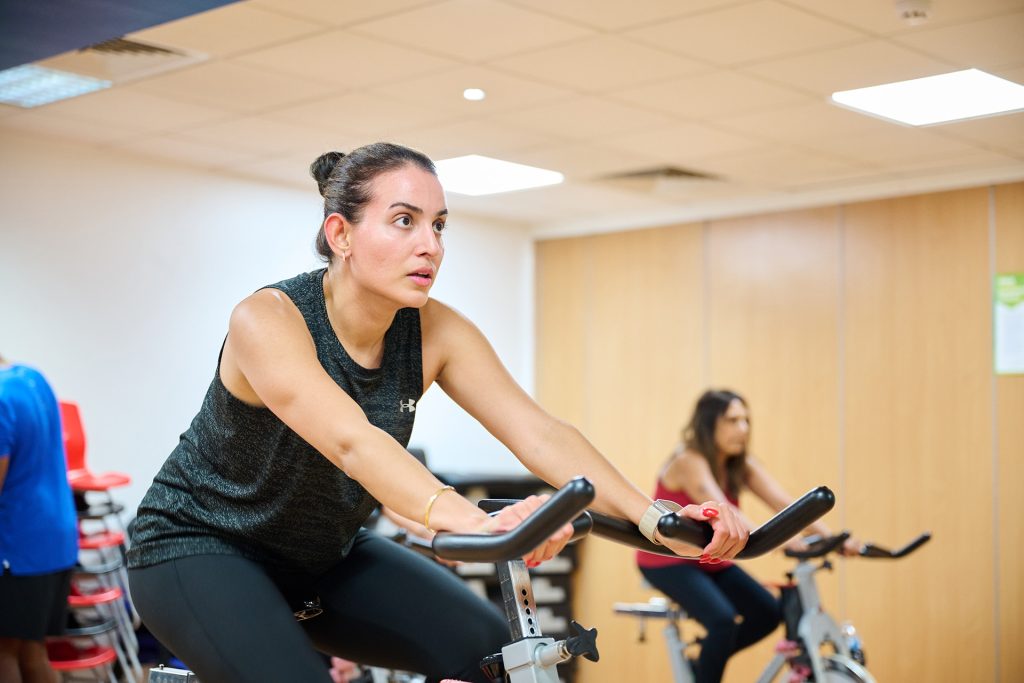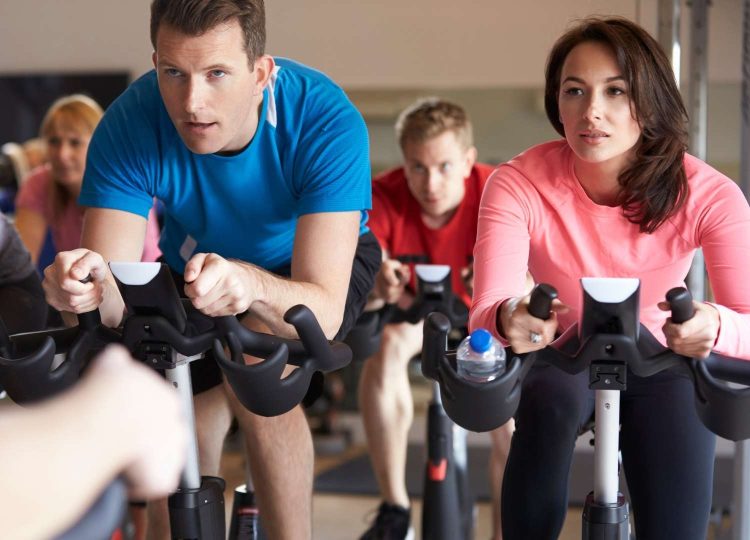The Rise of Community Fitness Challenges
In an era where wellness is no longer seen as a solitary pursuit but a collective mission, fitness challenges have emerged as powerful tools to unify neighborhoods. Whether it’s a city-wide step competition, a school-based push-up fundraiser, or a family-friendly walking challenge, these group efforts are doing more than building physical strength—they’re reinforcing social ties, nurturing healthy habits, and promoting inclusivity. What makes these challenges so impactful is their ability to turn personal fitness goals into a shared community journey.
Why Collective Wellness Matters
Health disparities are often concentrated in underserved urban or rural areas, where access to gyms, safe outdoor spaces, or nutrition education is limited. Fitness challenges help bridge these gaps by offering low-barrier, inclusive ways to promote physical activity. But beyond the physical benefits, the social dimension is equally transformative. Participants often find that the camaraderie of shared struggle and celebration turns neighbors into friends and passersby into workout partners. It’s this intersection of health and human connection that gives fitness challenges their staying power.
Case Study: Step into Unity—A City-Wide Walking Initiative
In Cincinnati, the “Step into Unity” initiative brought together over 10,000 residents across neighborhoods in a city-wide step challenge. Organized by local health departments and community leaders, the challenge encouraged residents to log their daily steps over six weeks, using a simple mobile app. Schools, churches, small businesses, and even local government departments formed teams. Prizes weren’t just for the most steps but also for the most improved, best team spirit, and most creative walking route. The result? A 26% increase in daily physical activity reported city-wide, and even more impressive—lasting community engagement. The challenge turned into an annual tradition, with each year drawing more participants and new neighborhood collaborations.
School-Based Fitness Challenges and Youth Empowerment
Youth fitness challenges are emerging as a critical force for empowerment and education. In Detroit, a middle school implemented “Fit Fridays,” a school-wide fitness challenge encouraging students to set movement goals and track progress using wearable pedometers. Teachers participated too, blurring traditional hierarchies and making wellness a shared goal. Beyond physical activity, students also learned about goal setting, accountability, and resilience. Many schools now report fewer disciplinary incidents and higher class engagement following the implementation of group fitness efforts. Parents, inspired by their children, started their own fitness groups, effectively extending the challenge into homes and neighborhoods.

Creating Inclusive Challenges for All Ages and Abilities
Not everyone is a marathon runner or CrossFit enthusiast—and that’s exactly why community fitness challenges that emphasize inclusion over intensity are so successful. Organizers are now designing multi-tiered activities with modifications for seniors, children, and people with disabilities. In Portland, the “Move Together” campaign included options like chair yoga, walking meetups, and adaptive cycling routes. The inclusiveness of the challenge encouraged participation from entire families, spanning generations. In this way, fitness becomes a cultural experience rather than just an athletic one, knitting together the fabric of the community through movement.
The Role of Technology in Scaling Participation
Smartphones and wearables have changed the landscape of community fitness. Free apps and platforms like Strava, Fitbit, and Google Fit allow individuals to participate in challenges without being physically together. Leaderboards, goal tracking, and virtual encouragement replicate the camaraderie of in-person events. Virtual challenges like “Walk Across America” or “30-Day Plank Challenge” allow participants to join from anywhere, anytime—perfect for cities dealing with weather limitations or post-pandemic hesitancy. These tools make organizing large-scale challenges more manageable and accessible, while also fostering data collection that can inform future health initiatives.
Fitness as a Bridge to Broader Wellness Goals
Group fitness challenges often serve as gateways to deeper conversations around health. Many initiatives now incorporate nutrition tips, mental health check-ins, and mindfulness practices into their weekly goals. For example, a “30 Days to Thrive” challenge in Baltimore included weekly wellness workshops, where participants discussed stress management, sleep hygiene, and healthy eating. These holistic models help communities address root causes of poor health, from food insecurity to emotional burnout, using fitness as a unifying entry point.
Strengthening Neighborhood Identity Through Movement
Fitness challenges do more than build muscles—they strengthen a community’s identity. When people work toward shared goals, celebrate milestones, and cheer each other on, they develop a sense of collective pride. Neighborhoods that once had fragmented social networks now boast stronger block associations, cleaner parks, and active residents advocating for improved infrastructure. The visual presence of group walks, pop-up fitness events, and public celebrations sends a clear message: “We care about our health and each other.”
From Friendly Competition to Civic Engagement
Fitness challenges have the potential to evolve from wellness programs into platforms for civic engagement. In Los Angeles, one community fitness challenge included weekly community clean-ups as part of the mileage goals. In New Orleans, participants in a running challenge volunteered at local food banks for bonus points. These integrations blur the lines between physical health and civic responsibility, turning fitness into a movement that’s as much about purpose as it is about perspiration.
How to Start Your Own Neighborhood Fitness Challenge
Launching a community challenge doesn’t require a massive budget or celebrity endorsement—just creativity, intention, and a few core supporters. Start by identifying your goal (steps, minutes of activity, miles, reps), then choose a timeframe. Recruit partners—local businesses for sponsorship, schools for outreach, churches for meeting spaces. Use social media or simple flyers to spread the word. Offer small incentives—recognition, t-shirts, healthy snacks—and keep the focus on participation, not perfection. Most importantly, celebrate every success along the way. The process is as meaningful as the results.
The Future of Fitness and Community Building
As communities grapple with challenges like obesity, chronic illness, social isolation, and rising healthcare costs, fitness challenges offer a hopeful, proactive path forward. They represent a fusion of old-school neighborhood bonding with modern health science and tech-enabled accountability. And while not every participant walks away with a six-pack, they often walk away with something even more valuable: a renewed sense of connection, purpose, and place. This is the true power of community-centered fitness—it turns neighborhoods into wellness ecosystems and transforms fitness from a personal task into a public celebration.
Conclusion
Fitness challenges are no longer just about competition—they are about collective progress. They bring together the elderly and the young, the sedentary and the active, the hesitant and the motivated. As more cities and communities embrace these inclusive, goal-oriented events, they’ll find that the real transformation happens not just in bodies, but in bonds. When we move together, we grow together—and that is the heartbeat of a thriving community.

















































